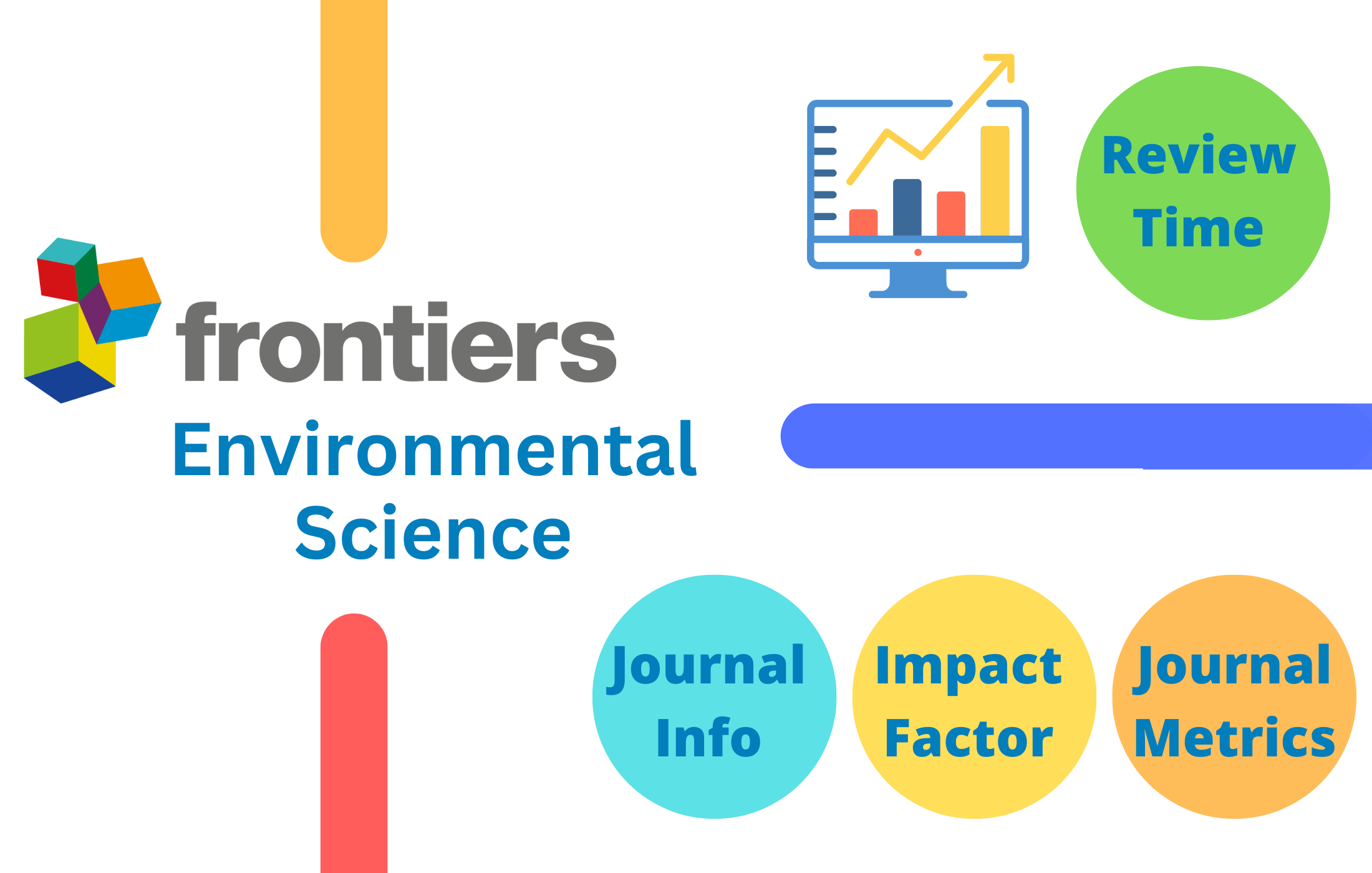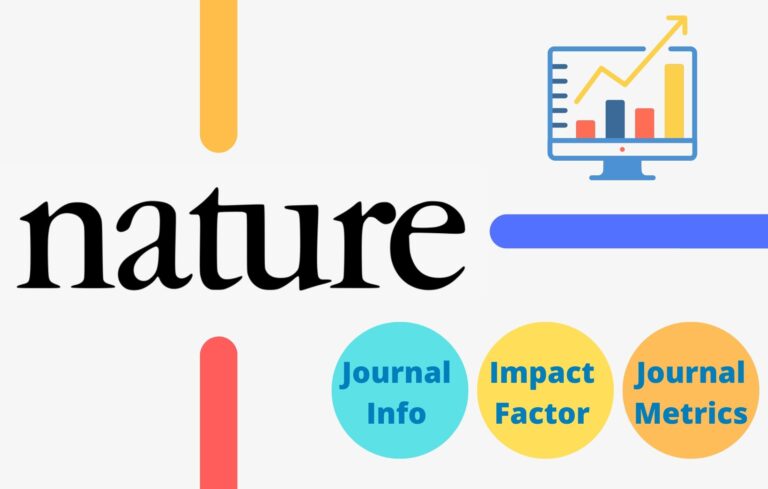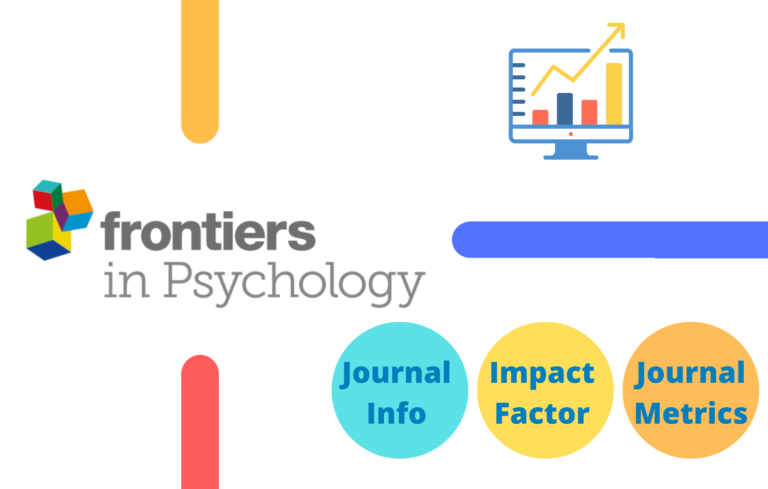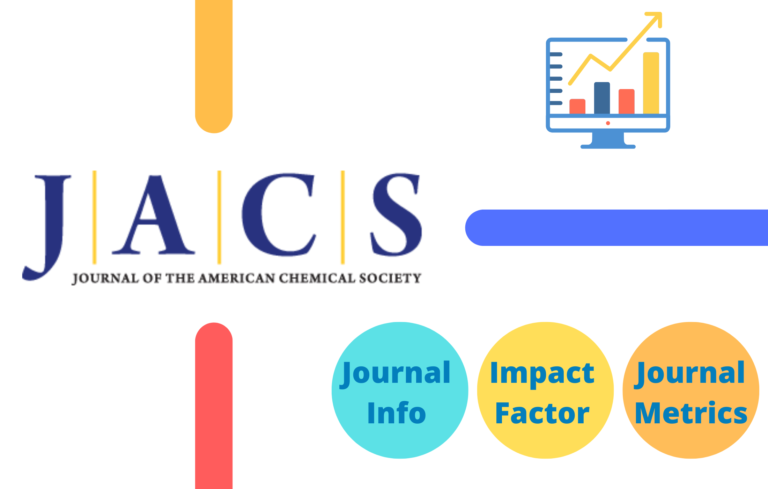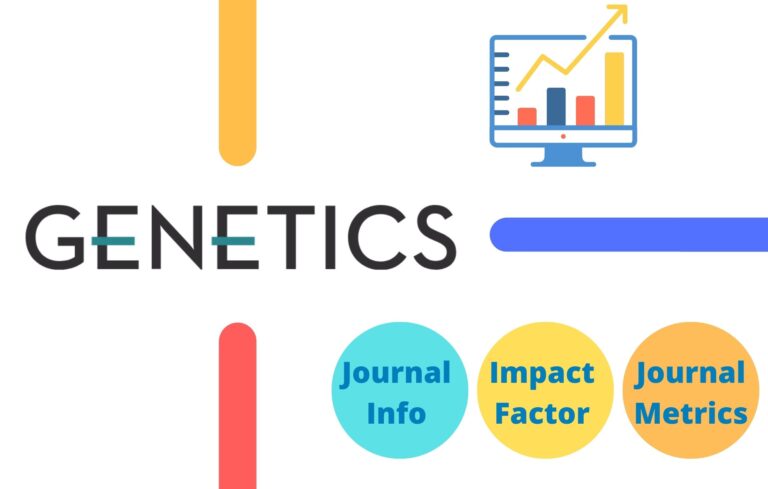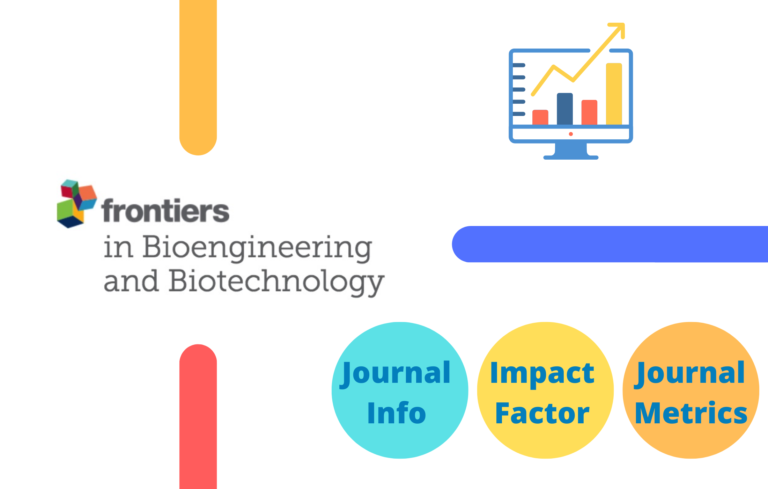In this post, apart from Frontiers in Environmental Science Impact Factor, I have tried to compile all the necessary information a research scholar would seek before publishing an article in the journal.
About Frontiers in Environmental Science Journal
Frontiers in Environmental Science is an innovative journal that advances knowledge of the natural world and its intersections with human society. It supports the formulation of policies that lead to a more inhabitable and sustainable world.
Frontiers in Environmental Science Impact Factor
Impact Factor (IF) or often called journal impact factor (JIF) is an index provided by an analytics company named Clarivate. The impact factor is calculated by dividing the number of times the articles are cited in the last two years by the total number of publications in those two years.
- Total Citations in 2020 and 2021 = 500
- Total Number of Publications in 2020 and 2021 = 100
- Impact Factor of the Journal in 2022 = 500/100 = 5
Frontiers in Environmental Science Impact Factor (2017-2023)
- Frontiers in Environmental Science Impact Factor 2017 – 2.708
- Frontiers in Environmental Science Impact Factor 2018 – 3.69
- Frontiers in Environmental Science Impact Factor 2019 – 2.833
- Frontiers in Environmental Science Impact Factor 2020 – 4.24
- Frontiers in Environmental Science Impact Factor 2021 – 5.411
- Frontiers in Environmental Science Impact Factor 2022 – 4.6 (updated 29 June 2023)
Frontiers in Environmental Science Impact Factor 2022
Frontiers in Environmental Science H-index
The h index is a metric for evaluating the cumulative impact of an author’s scholarly output and performance; measures quantity with quality by comparing publications to citations.

The h index of Frontiers in Environmental Science Journal is 50, which means among all the published articles in this journal, 50 of these publications have received at least 50 citations each.
Frontiers in Environmental Science Journal Metrics
Frontiers in Environmental Science CiteScore
CiteScore (CS) of an academic journal is a measure reflecting the yearly average number of citations to recent articles published in that journal.
| Cites / Doc. (3 years) | 2018 | 3.455 |
| Cites / Doc. (3 years) | 2019 | 3.622 |
| Cites / Doc. (3 years) | 2020 | 4.268 |
| Cites / Doc. (3 years) | 2021 | 5.439 |
| Cites / Doc. (2 years) | 2018 | 3.589 |
| Cites / Doc. (2 years) | 2019 | 2.821 |
| Cites / Doc. (2 years) | 2020 | 4.214 |
| Cites / Doc. (2 years) | 2021 | 4.748 |
Frontiers in Environmental Science SCImago Rank
The SCImago Journal Rank (SJR) indicator is a measure of the scientific influence of scholarly journals that accounts for both the number of citations received by a journal and the importance or prestige of the journals where the citations come from.
| Year | SCImago Journal Rank (SJR) |
|---|---|
| 2018 | 0.896 |
| 2019 | 0.908 |
| 2020 | 1.225 |
| 2021 | 1.233 |
Frontiers in Environmental Science Editorial Board Members
- Field Chief Editor | Martin Siegert
A complete list of Editorial Board members can be found here
Frontiers in Environmental Science Publication Fee (APC)
| Journal | A Type Articles | B Type Articles | C Type Articles | D Type Articles |
|---|---|---|---|---|
| Frontiers in Nutrition | US$ 3,225 | US$ 2,020 | US$ 490 | Free |
A-Type Articles: Original Research, Systematic Review, Methods, Review, Policy and Practice Reviews, Hypothesis & Theory, Technology and Code
B-Type Articles: Mini Review, Perspective, Brief Research Report
C-Type Articles: Data Report, General Commentary, Opinion
D-Type Articles: Correction, Editorial.
Frontiers in Environmental Science Review Time
Frontiers in Environmental Science prioritize rapid publication and uses single-blind peer review
| Decision time immediate rejection | Within 7 days |
| Duration of first review round | Around 1-2 months |
| Accepted to publishing time | Around 32 days |
| Total handling time accepted manuscripts | Around 77 days |
Frontiers in Environmental Science Reference Style
Frontiers in Environmental Science use Harvard (Author-Date)
Harvard Reference Style
ARTICLE IN A PRINT JOURNAL
Sondheimer, N., and Lindquist, S. (2000). Rnq1: an epigenetic modifier of protein function in yeast. Mol. Cell. 5, 163-172.
ARTICLE IN AN ONLINE JOURNAL
Tahimic, C.G.T., Wang, Y., Bikle, D.D. (2013). Anabolic effects of IGF-1 signaling on the skeleton. Front. Endocrinol. 4:6. doi: 10.3389/fendo.2013.00006
ARTICLE OR CHAPTER IN A BOOK
Sorenson, P. W., and Caprio, J. C. (1998). “Chemoreception,” in The Physiology of Fishes, ed. D. H. Evans (Boca Raton, FL: CRC Press), 375-405.
BOOK
Cowan, W. M., Jessell, T. M., and Zipursky, S. L. (1997). Molecular and Cellular Approaches to Neural Development. New York: Oxford University Press.
ABSTRACT
Hendricks, J., Applebaum, R., and Kunkel, S. (2010). A world apart? Bridging the gap between theory and applied social gerontology. Gerontologist 50, 284-293. Abstract retrieved from Abstracts in Social Gerontology database. (Accession No. 50360869)
WEBSITE
World Health Organization. (2018). E. coli. https://www.who.int/news-room/fact-sheets/detail/e-coli [Accessed March 15, 2018].
PATENT
Marshall, S. P. (2000). Method and apparatus for eye tracking and monitoring pupil dilation to evaluate cognitive activity. U.S. Patent No 6,090,051. Washington, DC: U.S. Patent and Trademark Office.
DATA
Perdiguero P, Venturas M, Cervera MT, Gil L, Collada C. Data from: Massive sequencing of Ulms minor’s transcriptome provides new molecular tools for a genus under the constant threat of Dutch elm disease. Dryad Digital Repository. (2015) http://dx.doi.org/10.5061/dryad.ps837
THESES AND DISSERTATIONS
Smith, J. (2008) Post-structuralist discourse relative to phenomological pursuits in the deconstructivist arena. [dissertation/master’s thesis]. [Chicago (IL)]: University of Chicago
PREPRINT
Smith, J. (2008). Title of the document. Preprint repository name [Preprint]. Available at: https://persistent-url (Accessed March 15, 2018).
Frontiers in Environmental Science Reference Style
You can download the Harvard style here – Frontiers in Environmental Science Endnote Style and Frontiers in Environmental Science Zotero Style
Frontiers in Environmental Science Abbreviation
The ISO 4 standard abbreviation for abstracting, indexing, and referencing purposes of Frontiers in Environmental Science is “Front. environ. sci.”
Frontiers in Environmental Science Acceptance Rate
The acceptance rate of a journal is the ratio of the number of articles submitted to the number of articles published.
The acceptance rate for 2021 was on average 60% across all Frontiers journals and as low as 21% in some journals.
Frontiers in Environmental Science Indexed in
Science is indexed in Scopus, SCImago, Web of Science, and UGC journal ranking



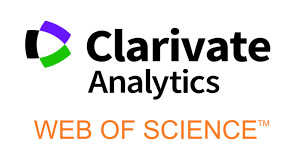
Read More
